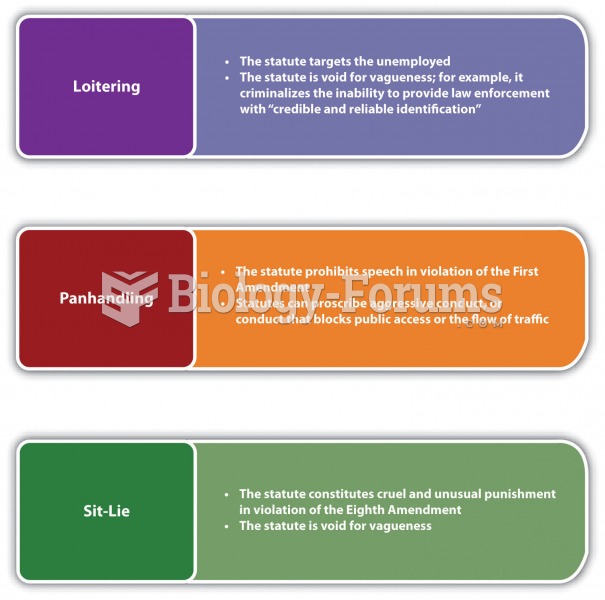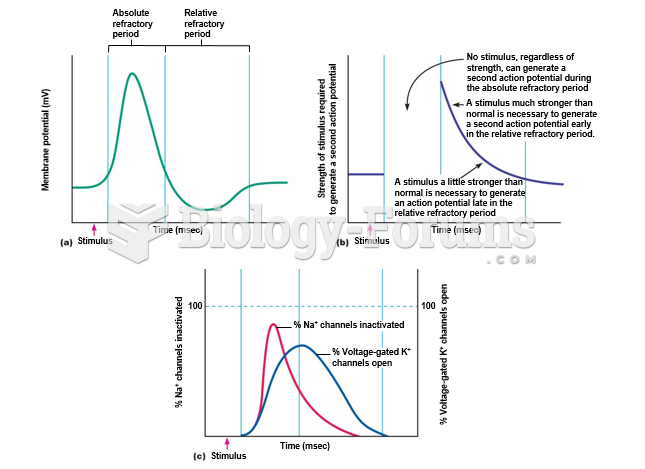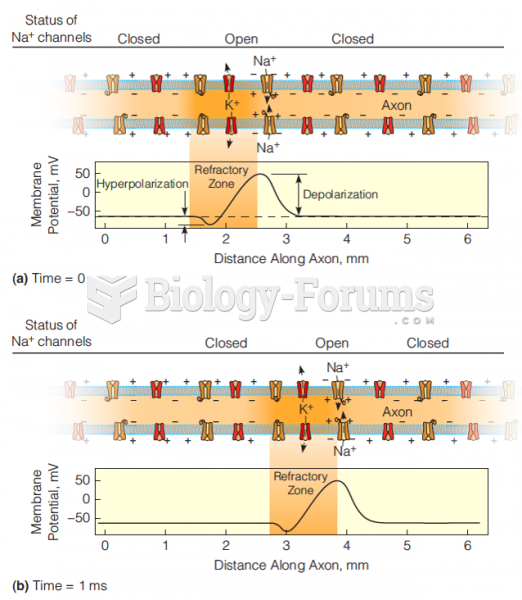|
|
|
In 1844, Charles Goodyear obtained the first patent for a rubber condom.
The people with the highest levels of LDL are Mexican American males and non-Hispanic black females.
A strange skin disease referred to as Morgellons has occurred in the southern United States and in California. Symptoms include slowly healing sores, joint pain, persistent fatigue, and a sensation of things crawling through the skin. Another symptom is strange-looking, threadlike extrusions coming out of the skin.
For pediatric patients, intravenous fluids are the most commonly cited products involved in medication errors that are reported to the USP.
HIV testing reach is still limited. An estimated 40% of people with HIV (more than 14 million) remain undiagnosed and do not know their infection status.
 As sessile organisms, plants have evolved many mechanisms to mitigate the potential damage of abioti
As sessile organisms, plants have evolved many mechanisms to mitigate the potential damage of abioti
 During World War I, advancing armies unloosed ferocious artillery barrages to destroy deeply entrenc
During World War I, advancing armies unloosed ferocious artillery barrages to destroy deeply entrenc





